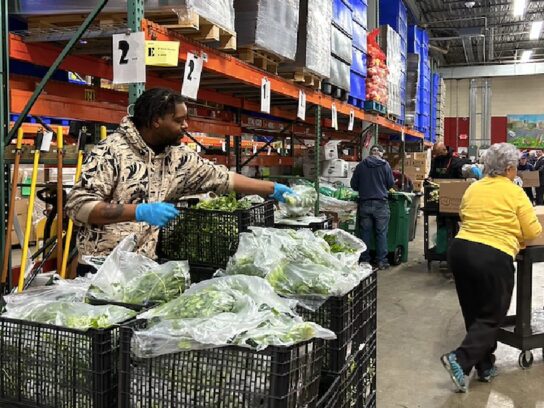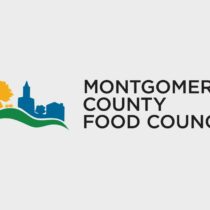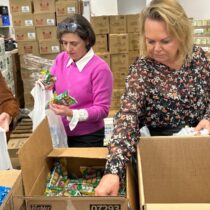
Montgomery County’s Office of Food Systems Resilience (OFSR) announced a new three-part strategy to boost food recovery programs so there will be more food available for those experiencing food insecurity.
A FY25 Food Recovery Network Infrastructure Grant Program will assist organizations with costs for transportation, cold storage and food waste recycling. A total of $300,000 will be awarded.
Applications are open now and close May 30. Eligible projects include shared-use cold storage, onsite composting systems for inedible organics and refrigerated vehicles for transporting recovered food.
This summer, a new Fiscal Year 2026 Food Recovery Network Coordination (FRNC) grant will improve efficiency, streamline operations and boost collaboration across the food recovery network. Eligible applicants must be nonprofit organizations experienced in coordinating community partners and not directly involved in food recovery.
The third program, Assistance (CFA) Grant Program, enables applicants to choose to join the County’s Food Recovery Network—managed by the future awardee of the FRNC grant—to promote collaboration, reduce competition for donors and support data sharing among organizations.
CFA applicants may also request funding to cover operational costs such as staffing and transportation. This added flexibility is designed to expand food sourcing options and encourage more cost-effective strategies to address rising food insecurity, according to a news release from the county.
Montgomery County has invested more than $3 million during the past decade to strengthen local food recovery efforts and support sustainable food system practices.
Food recovery, also known as food rescue, collects safe-to-eat foods that can no longer be sold, such as produce, meat, shelf-stable items, and prepared meals, and redistributes them to residents or food assistance organizations. There are more than two dozen organizations that participate in the food recovery network.
“Food insecurity is still a reality for too many people in our county, and at the same time, we throw away food that could help address it,” said County Executive Marc Elrich. “That doesn’t make sense morally or economically. Food recovery is one of the clearest examples of how we can reduce waste and help people at the same time. This strategy reflects the kind of coordination and problem-solving we need more of, and I appreciate the community partners who make this possible every day.”
The food assistance provider network serves more than 106,00 residents collectively each month. It is estimated that food insecurity affects 35% of county residents, according to the news release.
Community Food Rescue, a program of Manna Food Center, began in 2012 and has a network of more than 400 donors, food providers and volunteers to help rescue nearly 14 million pounds of food.
“Our hope is that the spirit of collective impact that built Community Food Rescue will be carried into the next phase of the County’s food rescue efforts,” said Jenna Umbriac, director of programs for Manna Food Center.
By engaging farms, restaurants, grocery chains and institutional food service providers to collectively donate millions of pounds of food annually, food recovery efforts meet the goals of the County’s Strategic Plan to Advance Composting, Compost Use and Food Scraps Diversion and Aiming for Zero Waste initiative.
“During a time when financial stressors are more drastically impacting our community, we need to stretch every local dollar further. This approach is a double win, having significant climate benefits while also strategically sourcing more food to feed our community,” said Heather Bruskin, director of OFSR.


Comments are closed.